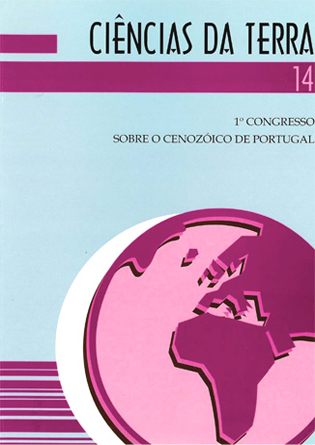Paleoambiental reconstruction based on mineralogical data of quaternary littoral deposits occuring at Cortegaça and Maceda beaches (Ovar, Portugal)
Abstract
Key-words: PaJeoambiental reconstruction; mineralogical markers; Quaternary. The main goal of the present work is the use of mineralogical data corresponding to sediment fine fractions (silt and clay) of Quaternary littoral deposits for the definition of a more detailed vertical zonography and to discriminate the most significant morphoclimatic changes concerned with sediment source areas and sediment deposition areas. The analysis of the available mineralogical data reveals a vertical evolution of the mineral composition. The following aspects deserve particular reference: 1) fine fractions (<38 μm) are composed of quartz and phyllosilicates associated to feldspars, prevai ling over other minerals; however in certain sections iron hydroxides and evaporitic minerals occur in significant amounts; 2) clay fractions (<2 μm) show a general prevalence of illite associated with kaolinite and oscillations, in relative terms, of kaolinite and illite contents. Qualitative and quantitative lateral and vertical variations of clay and non clay minerals allow the discrimination of sedimentary sequences and the establishment of the ritmicity and periodicity of the morphoclimatic Quaternary episodes that occurred in the Cortegaça and Maceda beaches. To each one of the sedimentary sequences corresponds, in a first stage, a littoral environment that increasingly became more continental. Climate would be mild to cold, sometimes with humidity - aridity oscillations. Warmer and moister episodes alternated with cooler and dryer ones.Downloads
Published
2009-05-19
Issue
Section
Articles






